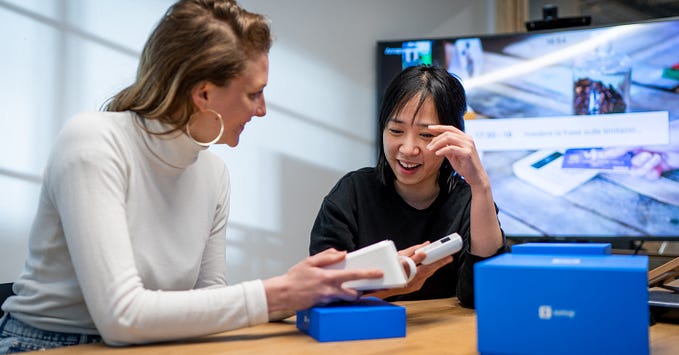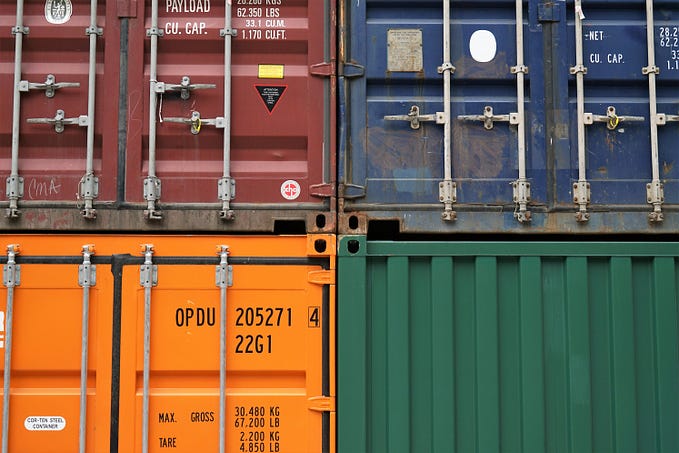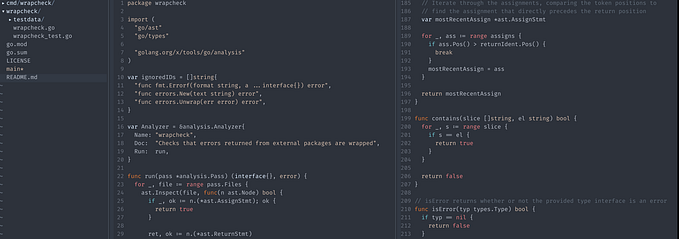Family Photos Connect Iowans to History

From the looks of the old photo, nobody has ever enjoyed a birthday cake more than the one Shirley Dean received on the day she turned 12, back in 1950. There she is in her party dress, beaming at the frosted cake and its candles.
Someone caught the happy moment on film and now, a lifetime later, the image has been made into a mural in Cedar Falls. The birthday girl stands a dozen feet tall on the facade of Copyworks on College Hill, just off the University of Northern Iowa campus.
“I told some of my friends about it, and they’re quite impressed,” said Dean, now 81. “They thought it was great.”
The black and white snapshot emerged from a stack of family photos Dean scanned when a UNI professor named Bettina Fabos took a scanner to Dean’s retirement home in Cedar Falls. With students’ help, Dean ended up scanning hundreds of her family photos into a growing digital archive called Fortepan Iowa.
The archive’s organizers have set up similar photo-scanning stations this fall in public libraries in Anamosa, Cedar Falls, Ottumwa, Sumner and Webster City.
The photos will eventually end up on murals in those five towns and a new-and-improved website (fortepan.us). They will also be part of a traveling lecture series that local and UNI historians are developing to connect local stories with the broader sweep of state and national history.

“We’re trying to make images available so that others, beyond the obvious people in places of power, can tell their story of what it means to be Iowan,” said Fabos, who teaches visual communication and interactive digital studies.
Fabos discovered the original Fortepan photo archive in 2013 in Hungary, where she was a Fulbright scholar. The project began when a group of friends in Budapest rescued a discarded box of old photos and decided to post them online in 2010. They named the archive after the photographic film (Fortepan) that was manufactured by a famous Hungarian company (Forte) and have since added more than 100,000 photos to the open-source collection. Anyone can use the images or add details about their origins.
Fabos brought the idea home to Iowa and created the world’s first Fortepan archive outside of Hungary. Others are in the works in Minnesota, as well as Denmark, Malta, Romania and India.
The Iowa website currently features about 5,000 photos. Its creators are ready to add 15,000 more as soon as they relaunch the website in a few weeks.
UNI graduate student Isaac Campbell is part of the team and he, too, received a Fulbright scholarship to study the original project in Hungary.
“Iowans and Hungarians have a lot in common,” he said. “We’re all very proud to be Iowan or Hungarian, proud to be who we are. That common identity is really strong.”


Campbell was the one who came up with the idea of turning the old photos into temporary murals, using magnified prints and a simple paste made from water and flour. With a grant from the Iowa Arts Council, he plans to install murals next spring in the five towns and then let them fade away over the next few seasons.
He is eager to remind Iowans how much their own family photos matter.
“A lot of people seem to think their photos aren’t special or that they’re just taking up space,” he said. “But the photos that ordinary people take have a lot of soul and emotion behind them — and great stories.”
Those stories, he added, “help us understand our identity, who we are and where we came from. They help us see what makes Iowa unique.”



— Michael Morain, Iowa Department of Cultural Affairs









